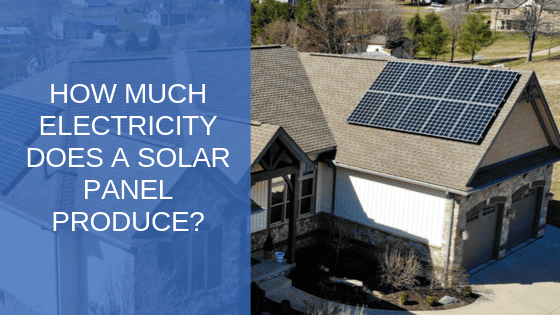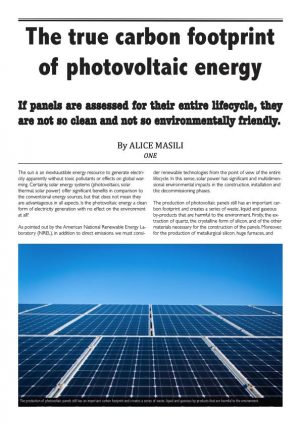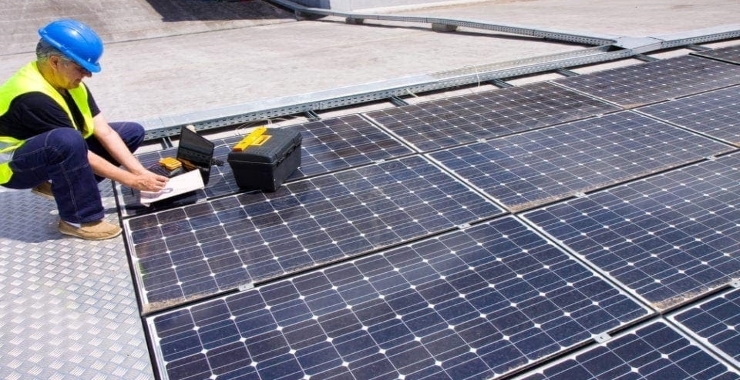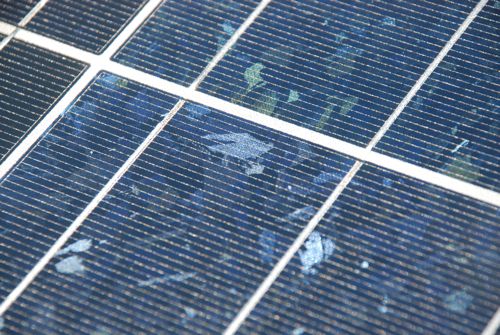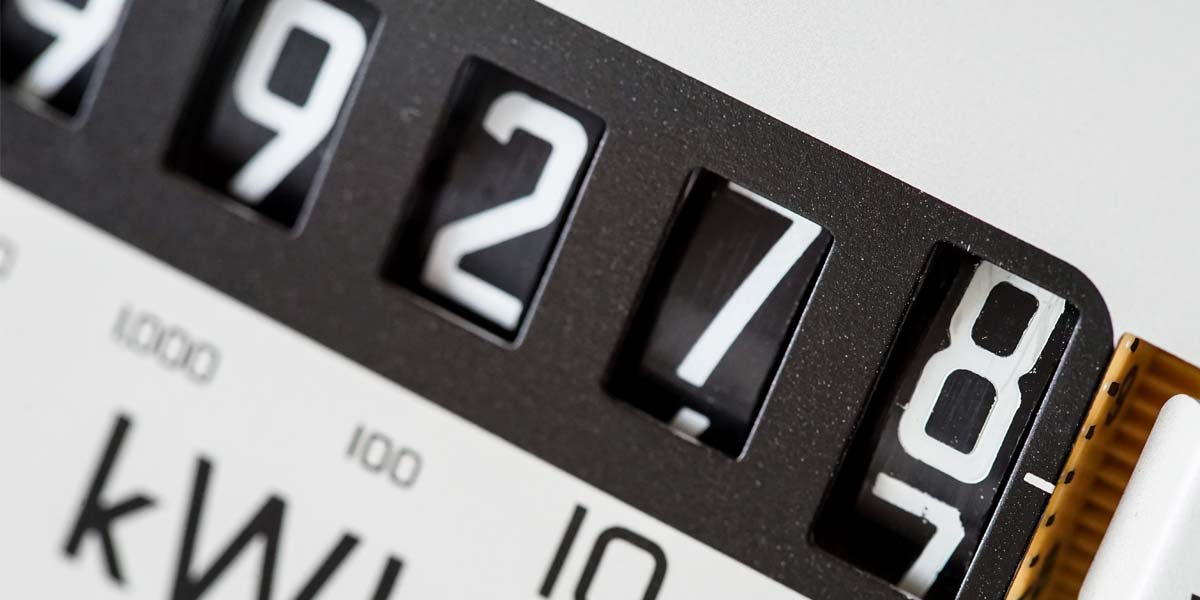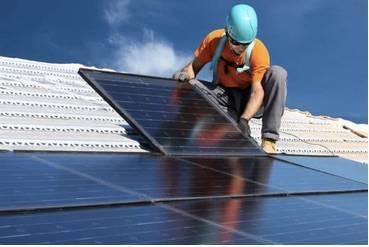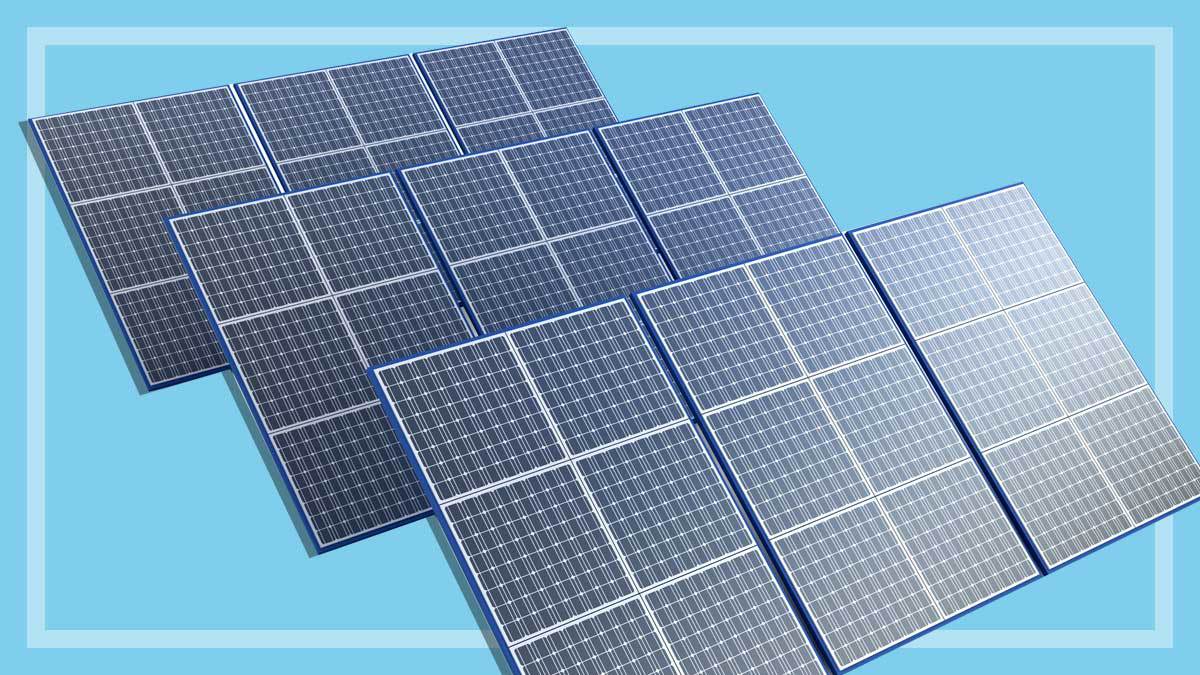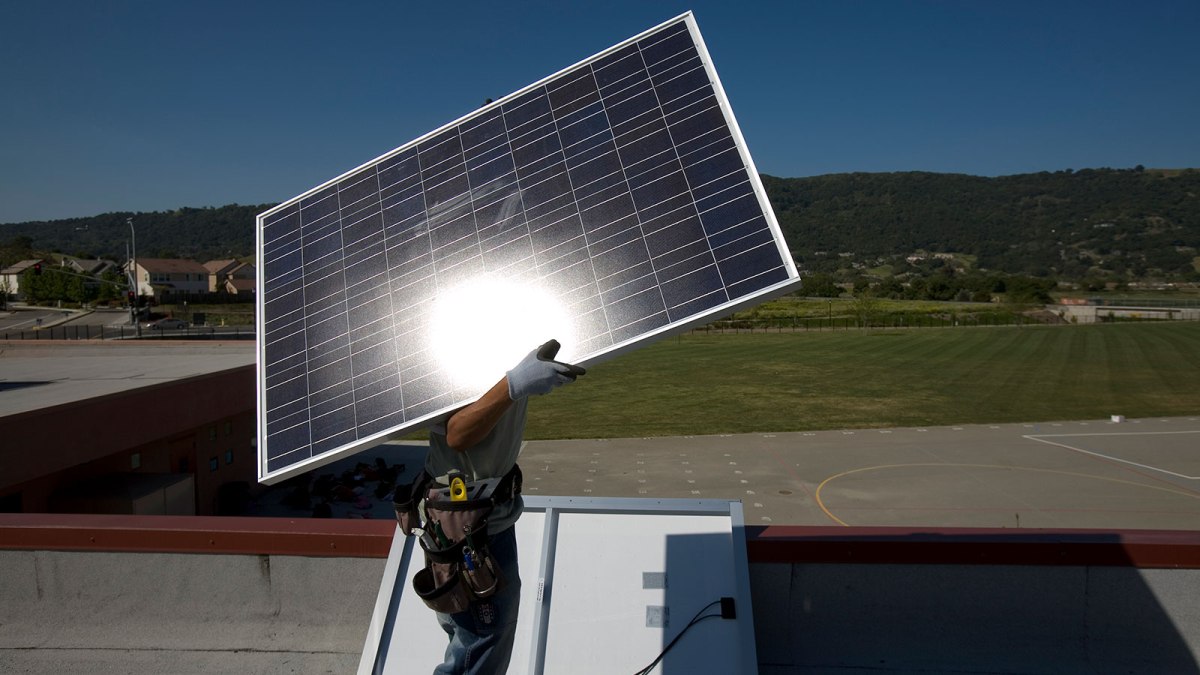5 hours x 290 watts an example wattage of a premium solar panel 1 450 watts hours or roughly 1 5 kilowatt hours kwh.
How much power is lost per foot of solar panel.
Some people associate solar power with heat because heat is associated with lots of sunlight but if there s too much heat your solar panels may not work as effectively.
According to the concord consortium makers of energy3d solar energy modeling software a home in boston ma with panels that face west would get 80 of the electricity that a house with south facing panels would.
For the sake of example if you are getting 5 hours of direct sunlight per day in a sunny state like california you can calculate your solar panel output this way.
To produce the maximum amount of power per square foot a solar panel has to be well designed to handle temperature spectrum angle and amount of light.
Solar panels lose wattage as temperature increases and this is represented as a percentage loss per degree celsius.
Over 25 years it is around 20.
But depending on the cloud cover and the quality of the solar panels efficiency can drop to anywhere from 10 to 25 percent of the energy output seen on a sunny day.
The first is to look at the peak possible instantaneous solar power production per square foot for a particular solar panel.
Includes 12 24 and 120 volt charts and a metric to awg size conversion table.
Five percent is normally acceptable in low voltage systems but if you want a 2 figure divide the given distances by 2 5.
Thin film panels are the least affected with losses under 0 30 per c.
For that same reason solar panels can still produce electricity on cloudy days.
Thin film panels produce the least energy per square foot.
How much energy does a solar panel produce.
This secure power supply will provide up to 2000w of energy.
For a 300 watt solar panel with dimensions 64 inches x 39 inches 1 61 meters squared or 17 31 square feet the peak instantaneous electricity production per square foot at stc is 14 58 watts per square foot.
For comparison a 60w light bulb will use 60w in an hour.
What this means for the end customer is that solar panels over the years become slightly less efficient and will over time produce slightly less electricity.
Thus the output for each solar panel in your array would.
Five lights would utilize 300w in an hour.


